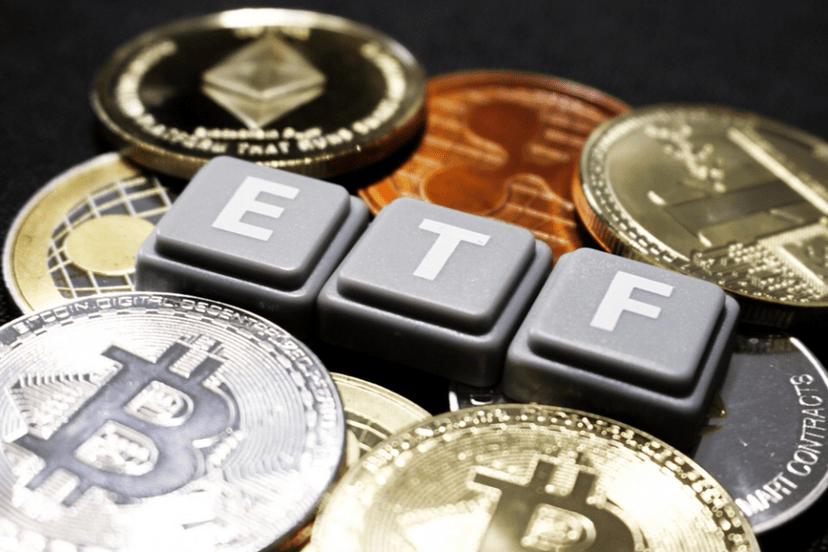On this turbulent global financial stage, an unprecedented asset battle royale is quietly kicking off. Every number jump affects the hearts of billions of investors. Fans, can you also feel the tense atmosphere of impending storm? Today, Brother Ming will unveil the mysterious hunt of this financial storm with everyone, and explore whether the seemingly indestructible dominoes of the US economy have really fallen?

First, let's go straight to the scene. The latest non-farm payrolls report released by the U.S. Department of Labor is like a heavy bomb, instantly detonating the calm of the market. Data shows that only 114,000 new jobs were added in July. This figure is not only far below market expectations, but also the lowest salary in the year, as if a crack has quietly appeared under the strong performance of the U.S. economy. What is more remarkable is that the salary growth rate has also fallen back to 3.6%, creating a three-year low. This can't help but make people question whether the power of the huge machine of the U.S. economy is gradually weakening, and all this seems to foreshadow more profound changes. The Sam's rule, which is known as an early warning device for economic recession, has been quietly triggered. The slight rise in the unemployment rate, like the first domino, may have quietly triggered a chain reaction. Looking back at history, the Sam's rule has been verified without exception in the past eleven U.S. economic recessions, and its accuracy is shocking. Now, it has sounded the alarm again, how can it not make people feel nervous. At the same time, the sluggish manufacturing industry has also cast a shadow on the prospects of the U.S. economy. The i s m manufacturing index slipped to an eight-month low. The shrinking trend of the U.S. manufacturing industry has become increasingly obvious. The sluggish consumer demand and confidence are like a cold wind in winter, making the market feel a chill.

Although the Federal Reserve did not take action at this week's interest rate meeting, it has reserved space for future rate cuts. Chairman Powell's cautious words reveal deep concerns about the future economic trend. As a barometer of the economy, the stock market is naturally not immune to the impact. The plunge in technology stocks, especially the Waterloo suffered by giants such as Intel and Amazon, has pushed the panic in the market to a climax. Investors began to re-examine those technology stocks that were once regarded as safe havens. The divergence between high valuations and earnings expectations forced the market to re-evaluate the balance of risk and return. Against this backdrop, risk aversion surged like a tide, the prices of precious metals such as gold soared, and safe-haven currencies such as the yen and Swiss franc also strengthened, while commodities such as crude oil fell sharply due to demand concerns. The market's weathervane completed a major reversal in a very short period of time.
So has the domino of the US economy really fallen? Perhaps it is too early to say, but it is undeniable that a series of data and events are sending us a clear message. The US economy is facing unprecedented challenges, and investors need to keep a clear head, pay close attention to market dynamics, and flexibly adjust investment strategies to cope with the possible financial storm.
#美联储何时降息? #美国7月非农就业增长放缓 #比特币大会 #热门话题 #超级央行周 $BTC




